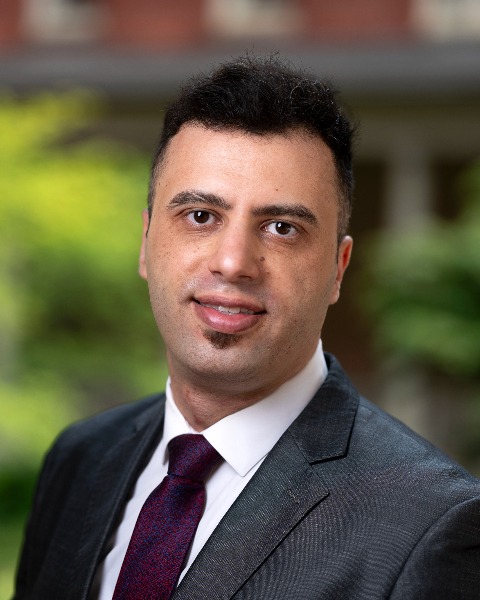Oncology
Predictors of Prolonged Length of Hospital Stay Following Surgical Resection of Spinal Chordomas: A Retrospective National Cancer Database Analysis.
Friday, February 21, 2025

Abdel-Hameed Al-Mistarehi, MD
Post-Doctoral Neurosurgery Research Fellow
Johns Hopkins University
Johns Hopkins University School of Medicine
Baltimore, MD, US
Presenting Author(s)
Disclosure(s):
Abdel-Hameed Al-Mistarehi, MD: No financial relationships to disclose
Introduction: Chordomas are rare, malignant tumors that arise from notochordal remnants, often affecting the axial skeleton, particularly the spine and sacrum. Surgical resection remains the primary treatment to manage local aggressiveness and reduce recurrence. This study aims to evaluate factors influencing prolonged length of stay (LOS) in the hospital after spinal chordoma resection using the National Cancer Database (NCDB).
Methods: A retrospective analysis of patients diagnosed with spinal chordoma and who underwent surgical resection between 2004 and 2017 was performed using NCDB data. Patients were categorized into those with prolonged LOS, defined as greater than or equal to the 75th percentile, and those with shorter stays. Demographic, clinical, and treatment variables were assessed, and logistic regression was used to identify independent predictors of prolonged LOS.
Results: Of the 1,015 patients included, 264 experienced a prolonged LOS. Patients with a prolonged LOS were more likely to have tumors of a sacrum/coccyx (64.0%) than those without a prolonged LOS (54.6%, p=0.008). Likewise, the prolonged LOS group had a higher proportion of patients with a mean tumor volume of > 7.0 cm (43.6% vs. 22.0%, p< 0.001). 10.5% of the prolonged LOS group experienced pre-op radiation, while 5.6% within the non-prolonged LOS group underwent pre-op radiation (p=0.005). The mean time from diagnosis to surgery for the prolonged LOS group was 53.41 ± 56.63 days, which was higher than the non-prolonged LOS group (39.76 ± 54.30) (p < 0.001). Patients with prolonged LOS demonstrated higher mortality at the last follow-up (29.9%) compared to those without prolonged stays (23.7%) (p=0.046). Logistic regression identified larger tumor size (OR 1.01; 95%CI 1.006–1.015; p< 0.001) and extended diagnosis-to-surgery duration (OR 1.01;95%CI 1.002–1.013; p=0.007) as independent predictors of prolonged LOS.
Conclusion : Prolonged LOS after spinal chordoma resection is influenced by factors such as tumor size and location, preoperative treatments, and surgical timing. Understanding these predictors can enhance preoperative planning, resource allocation, and recovery protocols, ultimately improving patient outcomes in this rare tumor population.

.jpg)